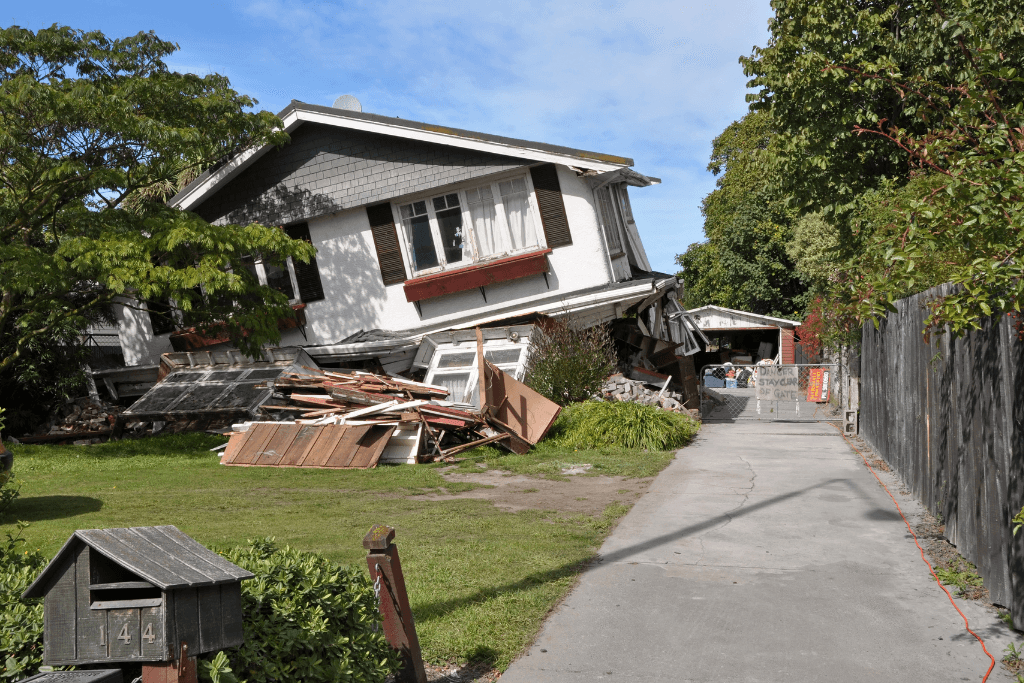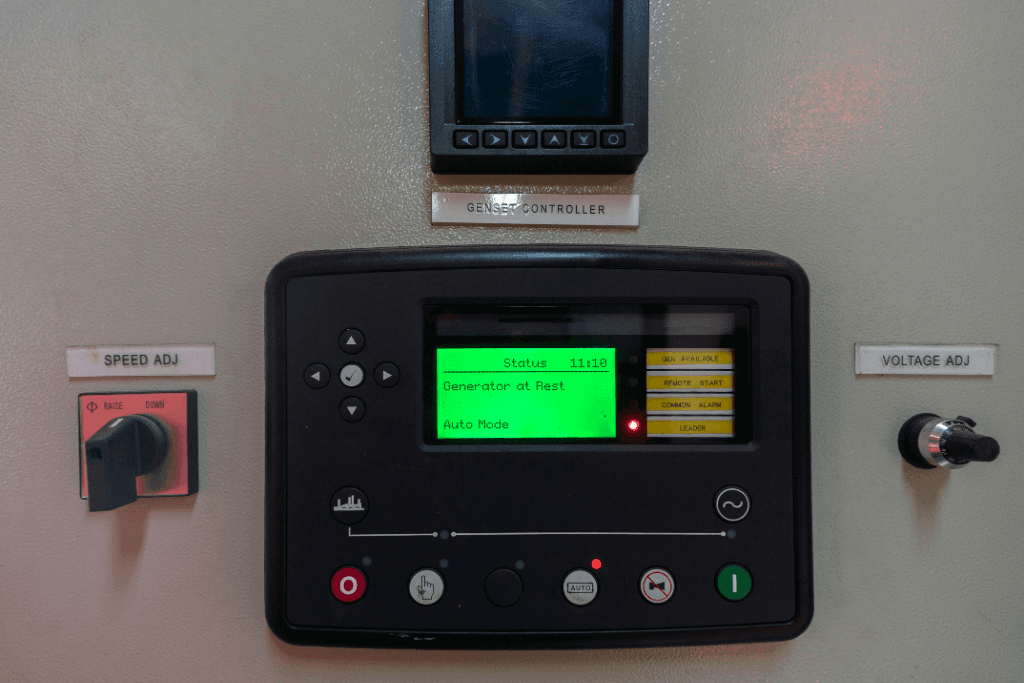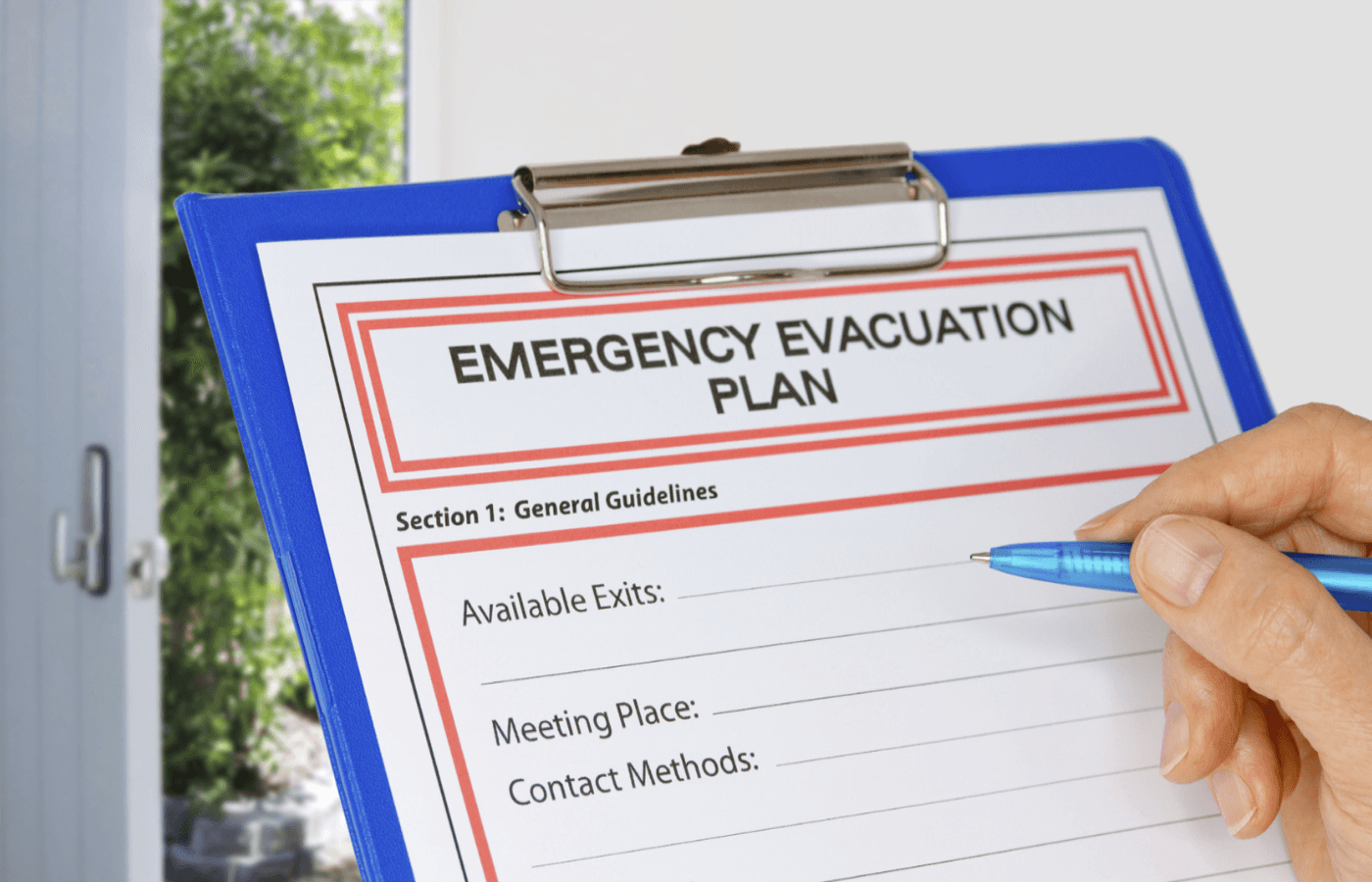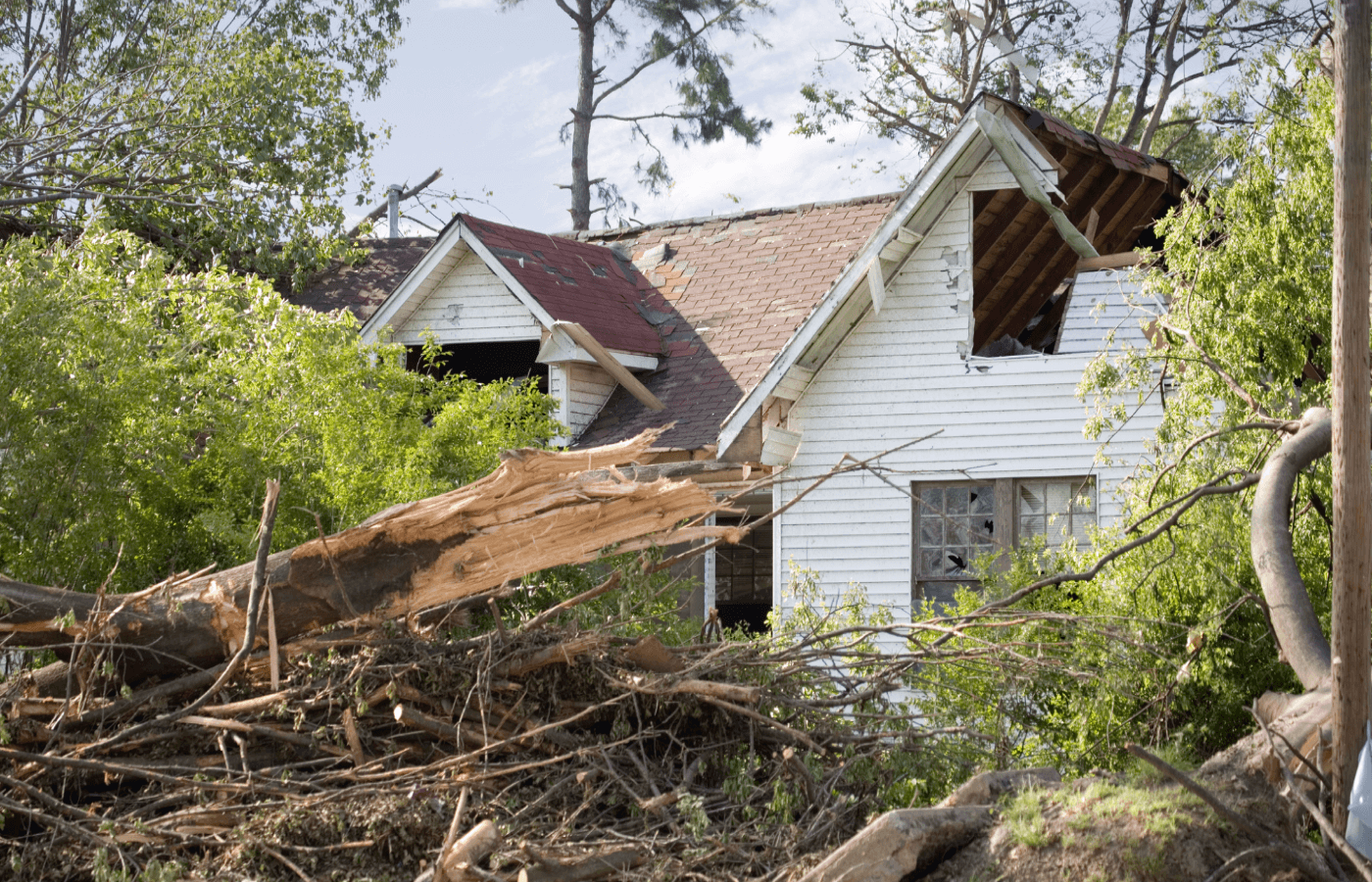When an earthquake strikes, it’s not just your physical safety at risk – your digital assets may be vulnerable, too. Natural disasters can disrupt infrastructure and daily operations, leaving your personal data exposed to risks like fraud, identity theft, and other cybercrimes, including misuse of shared information.
If you live in an earthquake-prone area, it's critical to take steps to safeguard your digital assets. This guide will outline measures you can take to protect your data during an earthquake.
Key Takeaways
Earthquakes can damage data centers, leaving data vulnerable to cyberattacks, loss, or corruption.
Regular data backups, equipment security, and recovery plans are essential.
Cloud storage solutions like Trustworthy provide safe, reliable data protection.
Steps to Protect Your Data When a Quake Hits

Unlike hurricanes or tornadoes, earthquakes can’t be predicted, making preparation key. Here are steps to safeguard your digital assets before disaster strikes:
Use Cloud Storage for Quake-Proof Data Protection
External hard drives offer convenient backup options but are still vulnerable to disasters like fire or flooding. Cloud storage is a safer, more flexible option. According to the Thales Data Threat Report, over 60% of global business data is now stored in the cloud.
Cloud solutions are affordable, scalable, and provide peace of mind, as your data remains safe even if your building is destroyed. The Trustworthy Family Operating System® offers a secure cloud platform that stores your data with GDPR, HIPAA, and CCPA compliance, backed by SOC-2, Type2, and SOC-3 certifications.
If you don’t use cloud storage, be sure to create data backups. Depending on the volume of your data, these backups might be needed daily or even hourly. The location of these backups matters.
While external on-site backups may be convenient, they’re at risk if an earthquake destroys the building. To avoid this, ensure your backups are stored in geographically dispersed locations that are less prone to natural disasters. Many businesses use multiple data centers across the country.
Additionally, cloud backups offer extra security. Cloud storage ensures your data remains safe and recoverable from anywhere, even after an earthquake. Automated backups can help maintain consistency, but regularly inspect them to ensure everything is functioning correctly.
Invest in Earthquake-Resistant Data Storage Devices

In addition to using cloud storage, physically protect your data by investing in earthquake-resistant equipment. Seismic data racks are a critical investment for protecting electrical equipment during an earthquake. These racks are designed to minimize vibrations by anchoring into the ground while moving just enough to absorb seismic energy.
To protect against flooding from damaged plumbing, invest in shockproof and waterproof hard drives. Backup generators, power surge suppressors, and moisture sensors are also useful.
Protect your data by keeping it off-site with Trustworthy. Trustworthy’s advanced security features, such as 256-bit AES encryption, biometric authentication, tokenization, and two-factor authentication, keep your important documents and data safe from physical and digital threats.
Secure Your Servers and Equipment
Ensure your physical equipment is secure enough to withstand an earthquake. In addition to using seismic racks, fasten top-heavy furniture and equipment to walls, avoid storing heavy items on high shelves, and keep escape routes clear.
Even if your equipment survives the quake, power surges from damaged infrastructure can still pose risks. Use surge protectors to avoid frying your systems, and consider placing data centers on lower floors to reduce the risk of structural damage.
Implement a Disaster Recovery Plan for Data Loss
Despite your best efforts, data loss can still occur. Having a disaster recovery plan in place ensures a quicker, more efficient response. Your recovery plan should include:
The technologies used for recovery.
Recovery objectives.
The roles and responsibilities of team members.
Protocols to follow during recovery.
Store this plan securely using a platform like Trustworthy, where you can control access and share it with trusted individuals.
Prepare With Surge Protectors and Battery Backups

During natural disasters, electricity can become a major threat. It can trigger electrical fires, cause power surges, or fail entirely, leaving your systems vulnerable to cyberattacks.
To prepare for these scenarios, ensure you have backup battery power in case of outages. While cloud storage is protected from physical damage, power failures can still disrupt security measures like authentication, access, and authorization, leaving your data exposed to cyber risks. Downtime in data centers can also lead to data corruption and even equipment damage.
Backup batteries are helpful, but they may not engage instantly. Even a brief delay of a few seconds during the switch can have serious consequences. To prevent data loss, consider using uninterruptible power supplies (UPS), which provide continuous power without interruption.
Power failures can also cause dangerous surges that overload your electrical systems. Installing surge protectors can safeguard your equipment from these risks.
Brian Brandon from Power Protection Products advises regularly checking surge protectors: “These things deteriorate every time they take a hit, so it’s important to monitor the life of your surge suppressor.”
Test Your Data Recovery Strategy
Testing your data recovery plan regularly is critical. Run mock scenarios to ensure your backups, surge protectors, and other equipment are functioning properly, and that your team can carry out the recovery plan efficiently in an emergency.
Frequently Asked Questions
Can I recover data if my equipment is damaged during an earthquake?
If your data is backed up to multiple locations or the cloud, it’s likely recoverable even from damaged equipment.
Can cloud storage be affected by an earthquake?
While cloud storage is safe from physical damage, power outages and surges can cause downtime, leading to data corruption or loss.
What is the biggest risk with cloud storage?
The biggest risks include accidental data exposure and cloud misconfigurations.
We’d love to hear from you! Feel free to email us with any questions, comments, or suggestions for future article topics.
Trustworthy is an online service providing legal forms and information. We are not a law firm and do not provide legal advice.














